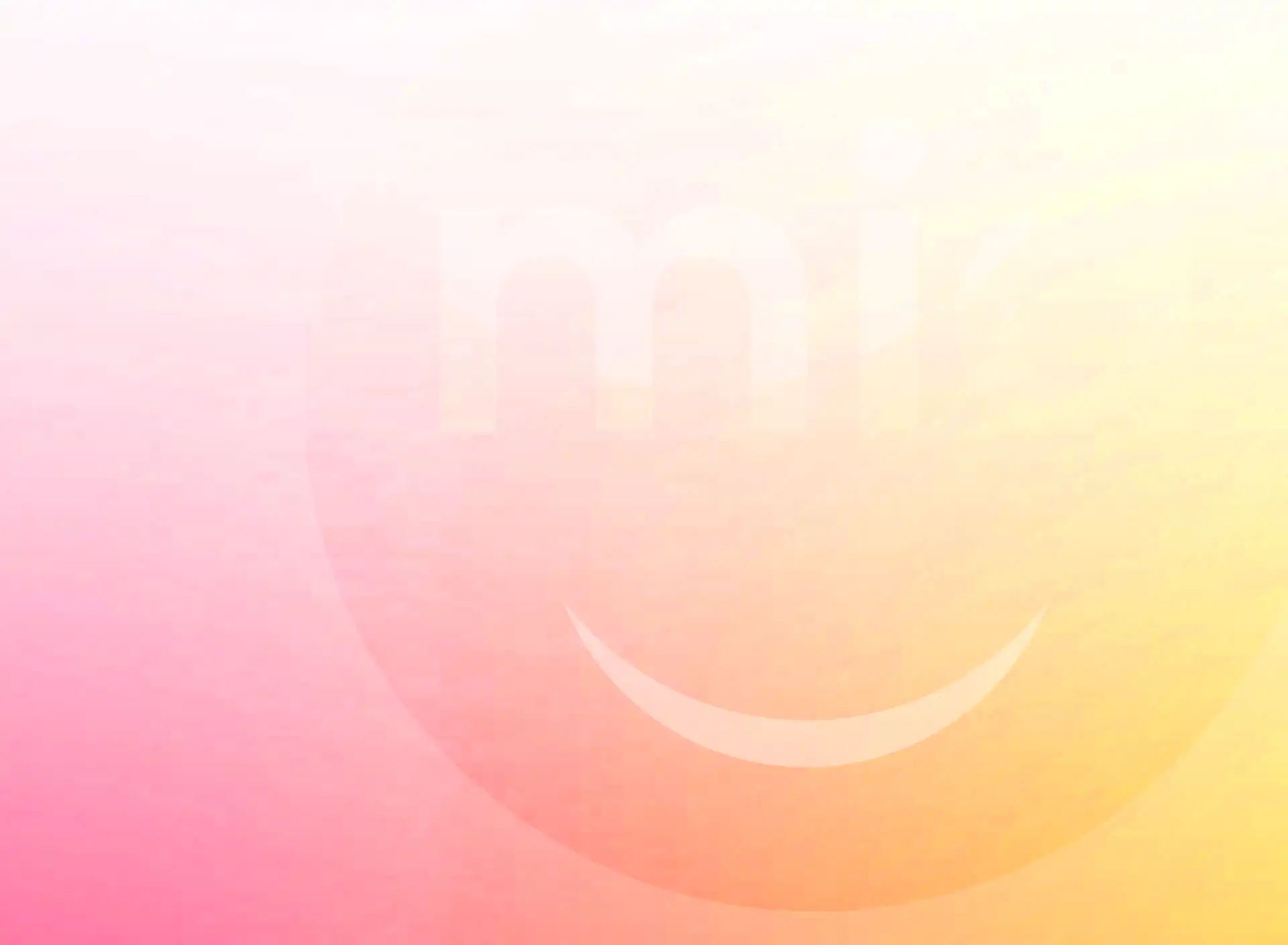Mia is a health-tech company revolutionizing dental care. We bring general dentistry to your doorstep and make orthodontics affordable with Mia Aligners.
Mia is a health-tech company revolutionizing dental care. We bring general dentistry to your doorstep and make orthodontics affordable with Mia Aligners.

Article by Dr. Agnetha Brockerhoff • Reviewed by
Dr. Zane Stenning•
Date: 10 September 2025

